Art World
The Burgeoning Paris Art Scene, Explained by Five of Its Tastemakers
What's so distinctive about the French capital today?
What's so distinctive about the French capital today?
Henri Neuendorf

Paris is on the rise again. While the city’s museums have consistently remained at the pinnacle of the art world, Parisian galleries have struggled to maintain the same status. But things are beginning to change. As FIAC gets underway, artnet News spoke to five influential members of Paris’s art community to find out what’s really going on in the visual art scene in the French capital, and what’s driving the revitalization of the city’s contemporary art scene.
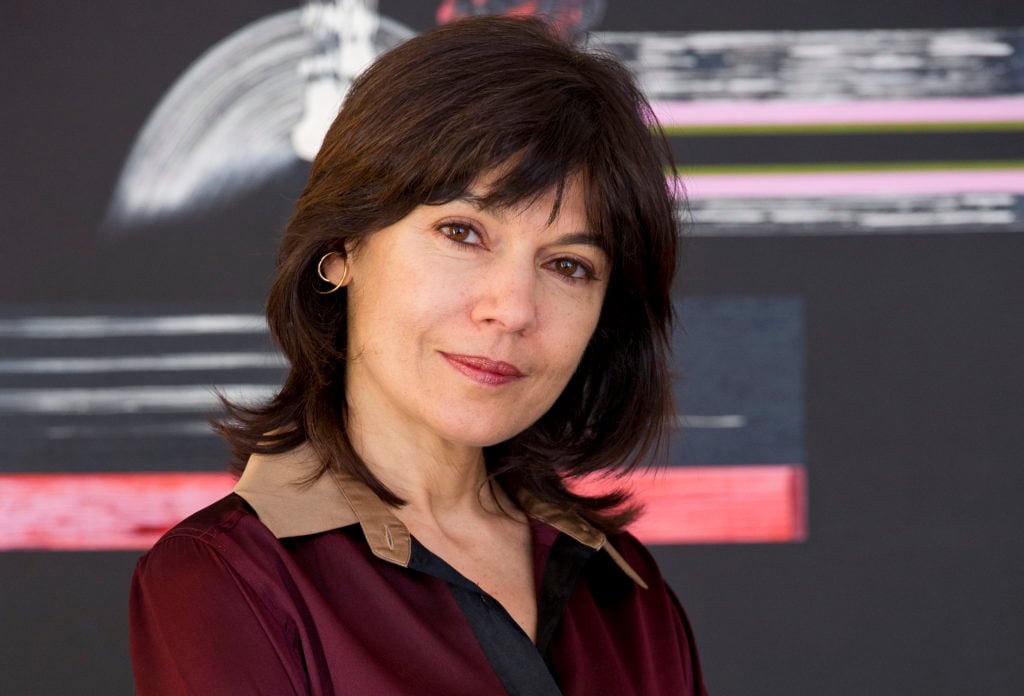
Parisian gallerist Nathalie Obadia. Photo: Luc Castel, courtesy of Galerie Nathalie Obadia, Paris.
Nathalie Obadia, owner, Galerie Nathalie Obadia
Ever since opening her first space in the Marais gallery district in 1993, Nathalie Obadia has contributed to the Parisian cultural dialogue, cementing herself as an important fixture in the French capital’s art scene. Built around a core of leading French artists including Martin Barré and 2013 Turner Prize winner Laure Prouvost, and augmented by international artists such as Brenna Youngblood, Mickalene Thomas, and Enoc Perez, her diverse program reflects the fabric of contemporary Parisian society.
“Paris’s is the European art scene which has developed the most in the last 10 years,” Obadia told artnet News in an email. “Galleries have become more professional and international, and a new generation of collectors, very active and well-informed, have built very important collections. Major new institutions such as the Palais de Tokyo and the Musée d’Art Moderne de la Ville de Paris have an increasingly competitive international program.”
“French galleries have reinvented themselves,” Obadia continued. “In Paris, there is always a great mix of exhibitions, with artists from the French scene but also from the international one. We know that collectors like to discover this diversity. They also appreciate that galleries have a personalized space with their own identity, which is different, for instance, from the Chelsea galleries’ monotony.
“Contrary to what people think, Paris is not a city of the past,” she concluded. “The city is a new artistic destination. I and other galleries and museums want to make Paris an inescapable destination of the contemporary art scene.”
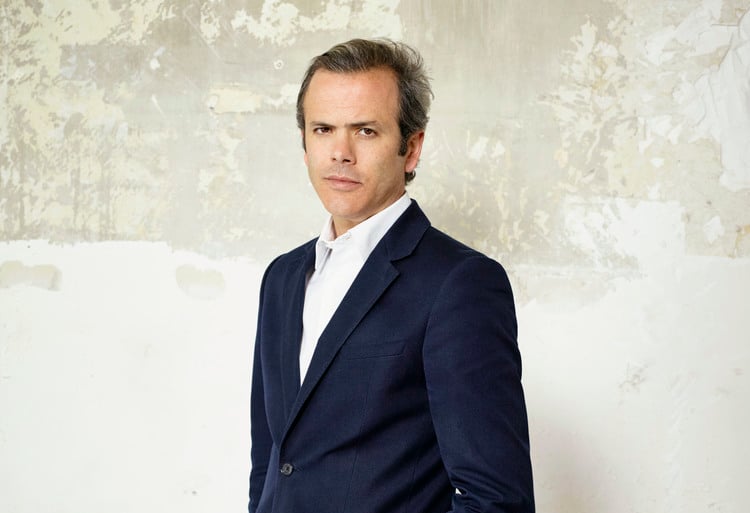
Collector Guillaume Houzé. Photo: Alexandre Guirkinger, courtesy Lafayette Anticipation.
Guillaume Houzé, collector
The heir of the Galeries Lafayette department store fortune, Guillaume Houzé is one of the most active Parisian collectors. He’s currently working on the construction of a new Rem Koolhaas–designed exhibition space in the Marais district, which will open in 2017.
“The Parisian scene for contemporary art has never been as strong as in recent years,” Houzé told artnet News. “A large number of art centers in Paris, but also contemporary art centers in other parts of France, are doing very well.”
The collector added that the revitalization of the art scene was bolstering the French market. “I would say that the cultural richness of Paris, both in terms of its heritage and its contemporary art scene, are bringing a high density and a variety of international collectors here,” he said.
According to Houzé, the future looks bright for the French capital’s art scene. “The coming years will be promising,” he continued. “We open our doors in the fall of 2017. It will be the first Rem Koolhaas project in Paris, and an institution of a new kind. In 2018, the Pinault Foundation will come to the Bourse du Commerce, close by,” he said.
“With the Centre Pompidou, the Picasso Museum, Le Monnais de Paris, and the local galleries, we, the center of Paris and the Marais again become a hub of contemporary art,” Houzé concluded. “Paris, more than ever, promises to be living in contemporary creation and confluence of ideas and knowledge.”
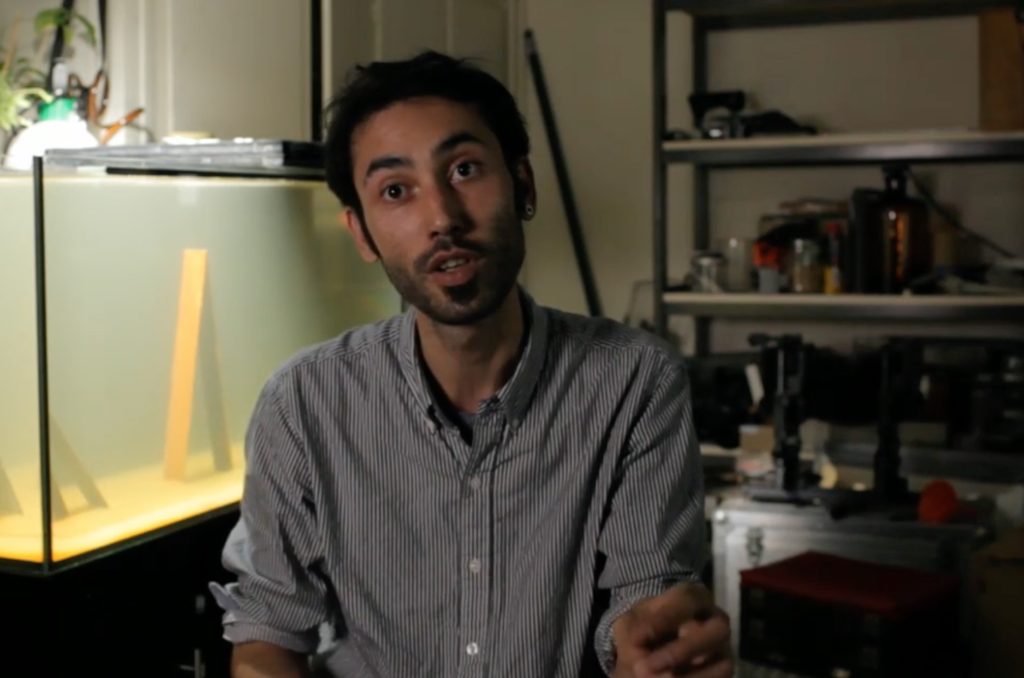
Hicham Berrada in his studio. Photo: Vimeo.
Hicham Berrada, artist
The 30-year-old Paris-based Moroccan video and performance artist Hicham Berrada told us what attracted him to his adopted home, and what convinced him to stay.
“I first came from Morocco to Paris to attend the École nationale supérieure des Beaux-Arts. Paris is the city where there was the highest concentration of art-related structures and events,” he said.
“At art school, there were students from various cultural backgrounds and nationalities, and we were all studying the same art history. It helped me to find a position as an artist. I realized I did not want to bring forward my Moroccan origins, but to go toward the universality of scientific culture and nature aesthetics.”
Despite the density of culture and inspiration in the French capital, Berrada admitted that the city poses some unique challenges of its own. “Like in other big cities, finding studio space is problematic in Paris. But it also created a new kind of production for young artists, inspired by the production system of cinema.”
On the other hand, Berrada explained that new government initiatives go to great lengths to maintain Paris’s vibrant cultural community. “It seems to me there are many initiatives from the French state and Paris municipality to support artists, including the young and foreign ones: grants, prizes, artist-in-residency programs. Institutions can also support artists, so it’s not only the private art market.”
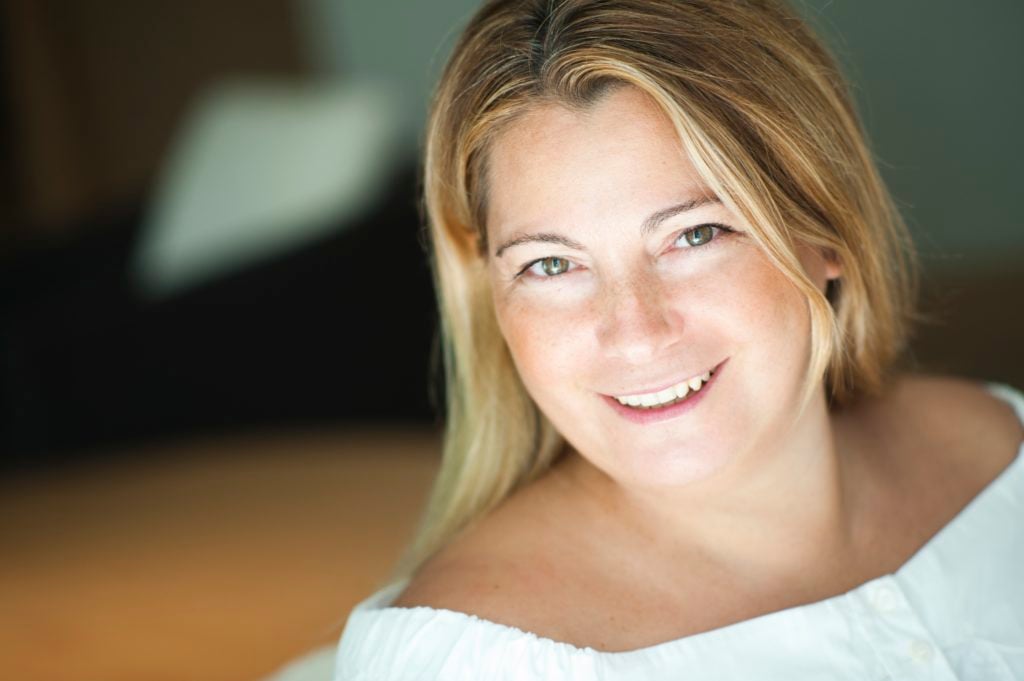
Curator and art advisor Laurence Dreyfus. Photo: Stéphance de Bourgies, courtesy Laurence Dreyfus.
Laurence Dreyfus, curator and art advisor
One of France’s leading curators and advisors for 18 years, Paris-based Laurence Dreyfus has worked in both the commercial sector, at a number of galleries, and the institutional realm, as an independent curator in Paris, London, and New York. That was all before she founded her own art advisory firm, in 2000.
Speaking to artnet News, Dreyfus explained what makes French collectors unique. “The particularity of French collectors is that they don’t buy with their ears, but they base their choices on culture,” she said. “It’s the big difference compared with other countries. Most of the French collectors collect art from the 18th century and furniture; they also know 19th- and 20th-century art history very well, whether it’s Impressionism or modern art; the way they collect is based on knowledge and curiosity,” she explained.
“Most of the collectors I work with are in their 70s and have been collecting for 30 or 40 years,” she said. “Most of them are willing to give part of their collection to the museums.” However, she added, “Of course, in terms of numbers, we have to mention that the number of art collections in France is lower than that of American ones.”
According to Dreyfus, the eclecticism of the Parisian art scene is its greatest advantage. “The Paris art scene is less formed by the market than in some other countries. The French market can be more chaotic, more spontaneous, more free in a way.” On the other hand, she explained, “Paris is less attractive than London for the rich international community that buys lots of artworks. There’s not enough middle-level art collectors that could support the middle market.”
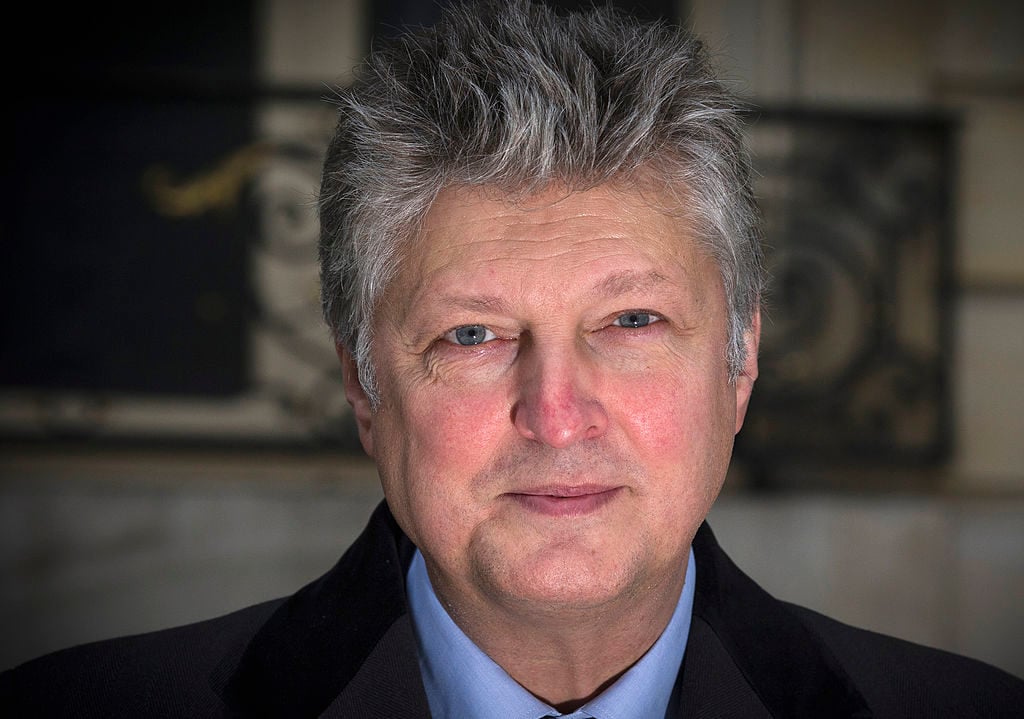
French auctioneer François Tajan. Photo: JOEL SAGET/AFP/Getty Images.
François Tajan, auctioneer, President of Artcurial
A 26-year auction veteran, François Tajan joined his family’s auction business in 1990, specializing in modern and 20th-century art. After serving as an associate and then chairman, he left in 2005 to join France’s largest auction house, Artcurial, as co-chairman.
“Paris has grown a lot these past few years as an international art destination,” Tajan told artnet News in an email. “The creation and actions of public and private institutions have contributed to build in Paris a strong cultural offering.”
“I think what is unique in Paris is that creation has been at its heart forever,” he continued. “It is part of our DNA, from the first kings to the new museums opening every year. I think that sometimes the world is jealous of our creativity. Look at the number and the quality of art institutions in France and their diversity, but also at the many artists from all fields that have worked or studied in Paris and are now recognized elsewhere.”